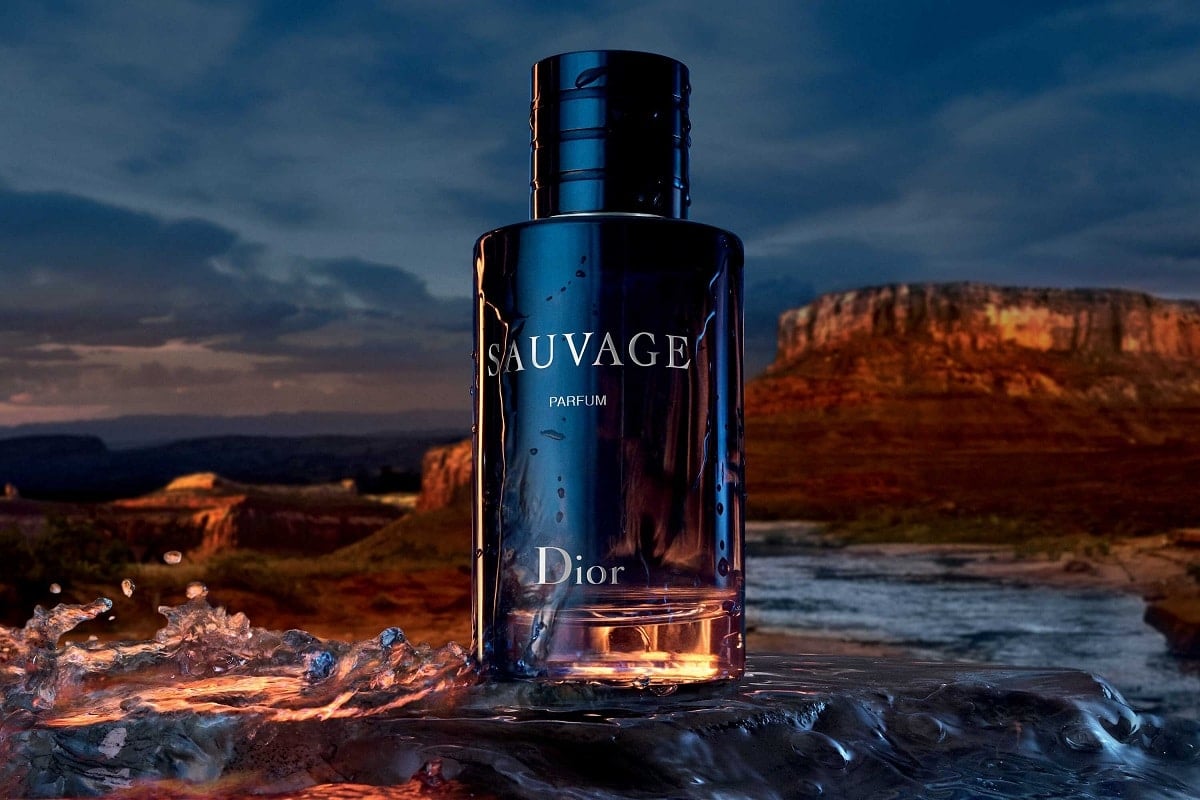Welcome to Fragrance Friday, where each week we’ll be keeping you abreast of the newest and most iconic releases in the dynamic world of men’s fragrances. Born out of the desire to showcase one of the most overlooked, yet versatile, elements of any discerning man’s style this weekly column will help you finesse your own signature scent. For our first Fragrance Friday of 2023, we take a closer look at the difference between niche perfumery and designer fragrances.
On the most recent Fragrance Friday, I decided to round up some designer fragrances that really impressed me in 2022. It was one of our most-read editions of Fragrance Friday to date, reiterating the demand that’ll always be there for designer fragrances given they are affordable, can be reliable and are always very accessible.
I briefly touched on the difference between designer fragrances and niche perfumes but I wanted to dedicate a bit more time to the distinctions because I feel it’s an important topic to grasp for those who want to better navigate the very competitive market for fragrances.

RELATED: Best Perfumes & Colognes For Men
Designer Fragrances: A Volume Game
According to data pulled from factmr.com, global sales of perfumes were estimated at US$40.4 billion (~AU$59.5 billion) in 2022 and the market is only set to grow exponentially, forecasted to surpass a valuation of US$69.7 billion (~AU$102.8 billion) by 2032.
So it’s little wonder why big designer brands like Dior, Hermes, Montblanc and Dolce & Gabbana are seen regularly putting out fragrances for men and women. Albeit, these are typically iterations on established collections, playing around with different angles of the same scent to try and create a new trend or capitalise on existing popularity.
A good example of this is Dior Sauvage, which I’ve mentioned quite a few times in this column. No doubt you’ve seen the advertisements everywhere, which makes sense given it is now the most successful perfume of all time. In 2021, one bottle of Sauvage was sold every three seconds, a feverish demand fueled by Johnny Depp being the perfume’s poster boy.
Designer fragrances can be outrageously profitable when they are well-made and offer something new and interesting. The problem is, a lot of designer fragrances don’t do that. They are mass-marketed, and mass-produced, often using fewer quality ingredients in order to scale. Investing in designer fragrances can be risky since the real quality ones are few and far between.
There are just as many pros to buying designer fragrances as there are cons, however.
Firstly, many of the best perfumers in the world are engaged by these big labels to create their perfumes, so it’s not like you’re investing in the work of someone who hasn’t already proven themselves. At times, and if given a large enough budget, these perfumers are able to create a fragrance that could easily compare and even surpass your favourite niche fragrance.
Designer fragrances exist to profit, after all, so these labels will usually keep it safe and create scents that are safe, reliable and, most importantly, versatile. There’s a lot of value in that if you want some easy fragrances to wear on a casual night out or to the office, and you don’t necessarily want to waste a $400 perfume on the occasion.
On the downside, designer fragrances can be very same-same a lot of the time, and perfume enthusiasts typically desire to wear something unique that helps them stand out. That’s the purpose of fragrances after all – to create presence. You aren’t going to create much of a presence if you’re wearing the same perfume that’s already been played out by everyone else.
Some designer fragrances worth checking out include:
- Tom Ford Black Orchid
- Montblanc Legend Red
- Dior Sauvage
- Armani Aqua di Gio
- Dolce & Gabbana Light Blue Pour Homme
Niche Perfumes: An Artisanal Approach
The difference between designer and niche isn’t too hard to grasp when you consider that the latter is small-batch, artisanal and more considered. Niche fragrances come from brands that typically only specialise in perfumery and nothing more, whereas designer fragrances come from labels that produce all kinds of things, from apparel to accessories.
This specialisation allows for a more patient, focused and bespoke approach to the art of perfumery, getting to the idea of it being an artform in the first place. And it is. Formulating these recipes to manipulate olfactory senses and build an image using nothing more than the sense of smell is actually quite impressive when you think about it.
Most of the cons with designer perfumes find their opposite with niche perfumery. For starters, you won’t really run into the aforementioned problem of oversaturation. Niche perfumes are much less common, hence you’ll have a scent that sticks out amongst the crowd.
Although they come at a much higher price tag than designer perfumes, niche scents usually make use of much better ingredients, some of which are natural ingredients as opposed to just synthetics. This not only allows for generally longer-lasting, more expressive perfumes that will be immensely satisfying to you and anyone around you but having the budget to use these ingredients would allow a perfumer to really express themselves and experiment.
With designer perfumers, the brief is usually so stringent that perfumers don’t have much to play around with. They were commissioned to design a specific scent to put out on the market. With niche, they are usually given much more freedom to express themselves, so you aren’t just paying more for a sense of exclusivity, but you are investing in sensory artwork.
Smaller audiences and more expensive resources are some of the primary distinctions of niche perfumery, but the main way to tell the difference is just if the brand specialises in the industry or not. Something like Tom Ford is an interesting one, for example, because the label’s perfumes are some of the most popular in the world and are often revered for their quality despite being designer fragrances.
And then Tom Ford has the Private Blend Collection, which is a more bespoke and niche arm of Tom Ford Beauty. Although scents from this series, including Lost Cherry and Ebene Fume, would still be classified as designer fragrances because they come from a brand that doesn’t specialise in just perfume.
Niche fragrances rarely penetrate the market beyond discerning style enthusiasts, so the audience is fairly limited when compared to a designer fragrance. But just like finding an exceptional designer fragrance happens every now and then, finding a super successful and game-changing niche perfume that goes on to outsell almost everything can happen as well.
A great example is Maison Francis Kurkdijan Baccarat Rouge 540. The powerful gourmand, super strong niche perfume from the relatively young French perfume house has become one of the most popular perfumes of our time. In Australia, it retails for around $356 just for a 70 ml bottle.
Some niche fragrances worth checking out are:
- Amouage Lyric Man
- BDK Tabac Rose
- Casamorati Lira
- Penhaligon’s Babylon
- Maison Francis Kurkdjian Baccarat Rouge 540
Niche VS Designer, So What’s The Difference?
In summary, the biggest discernable difference between niche and designer perfumers is, as mentioned above, simply whether or not they are coming from a specialised label. If yes, then it’s niche. If no, then it’s designer.
















